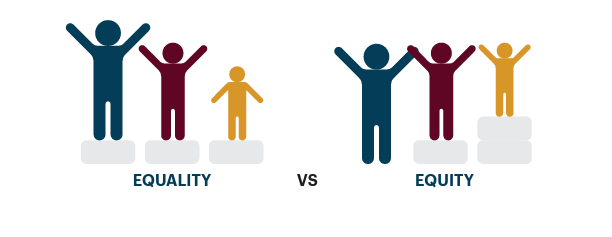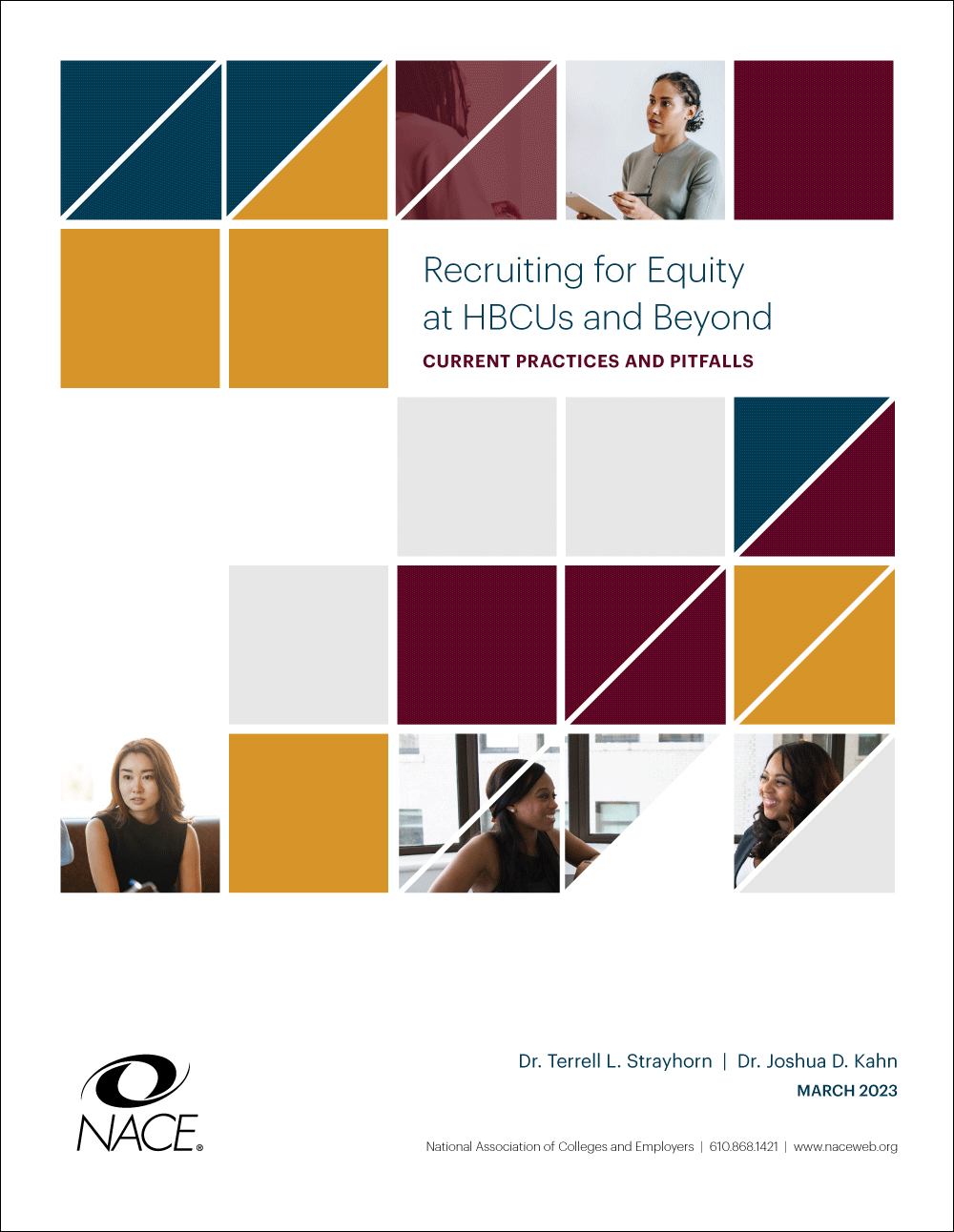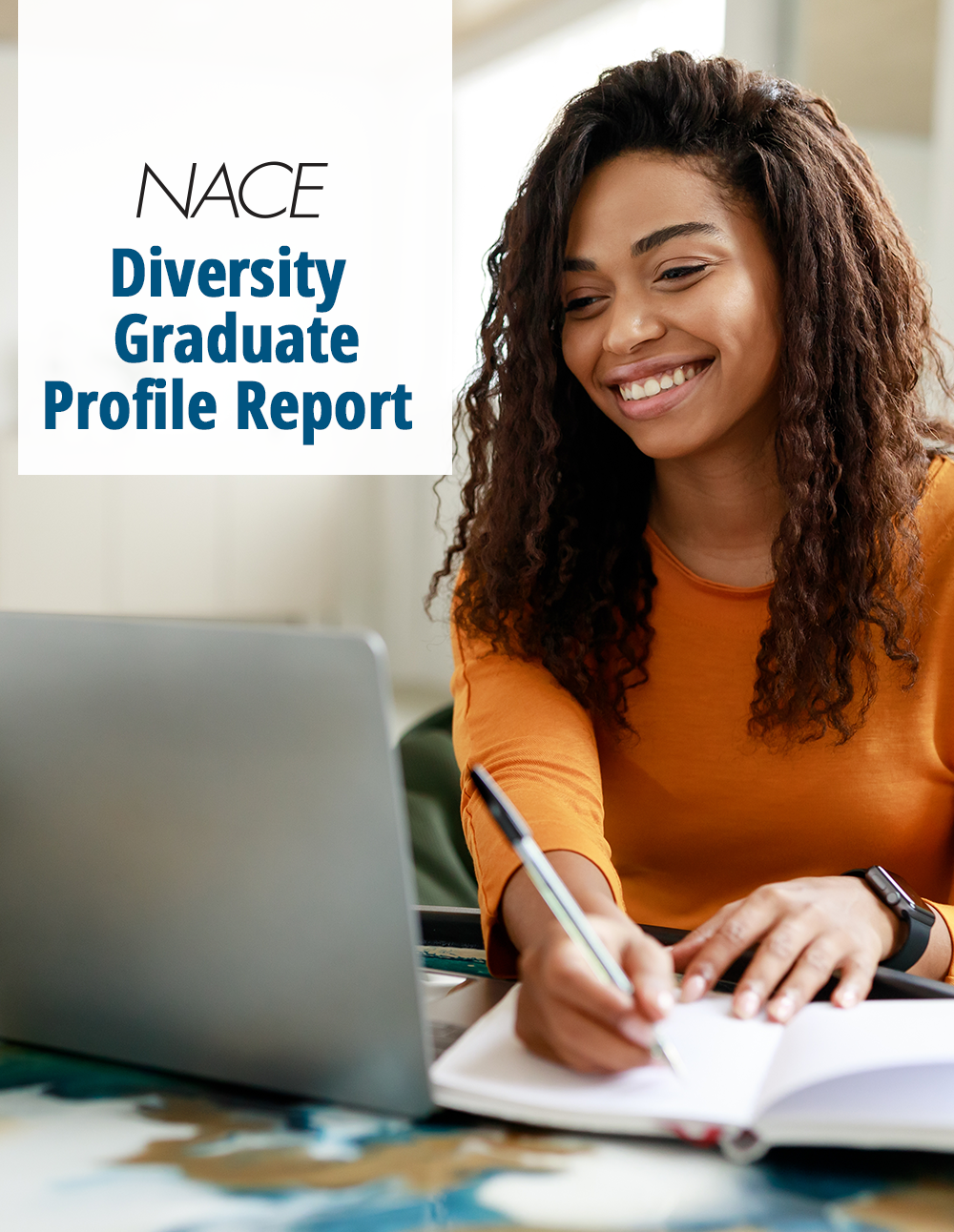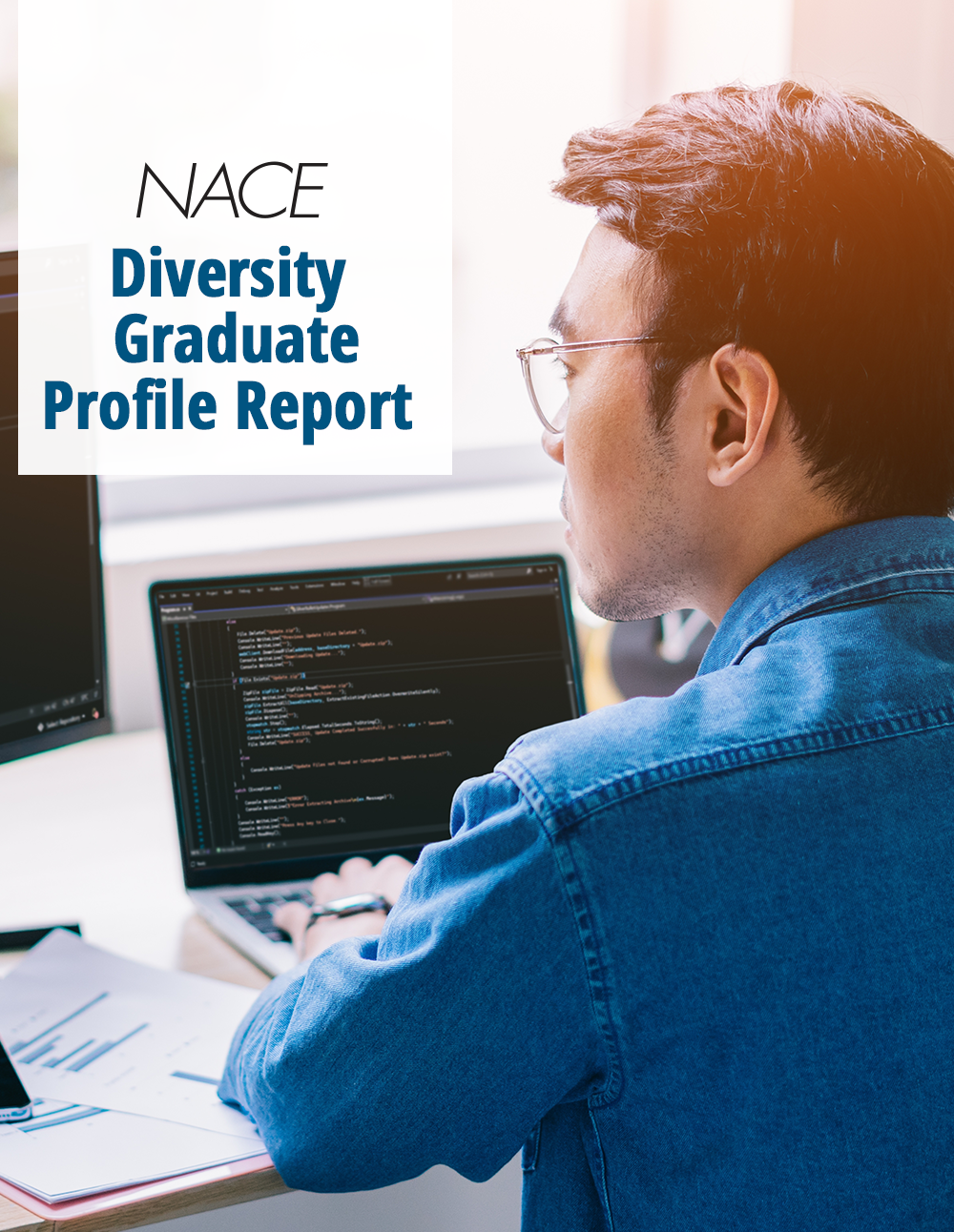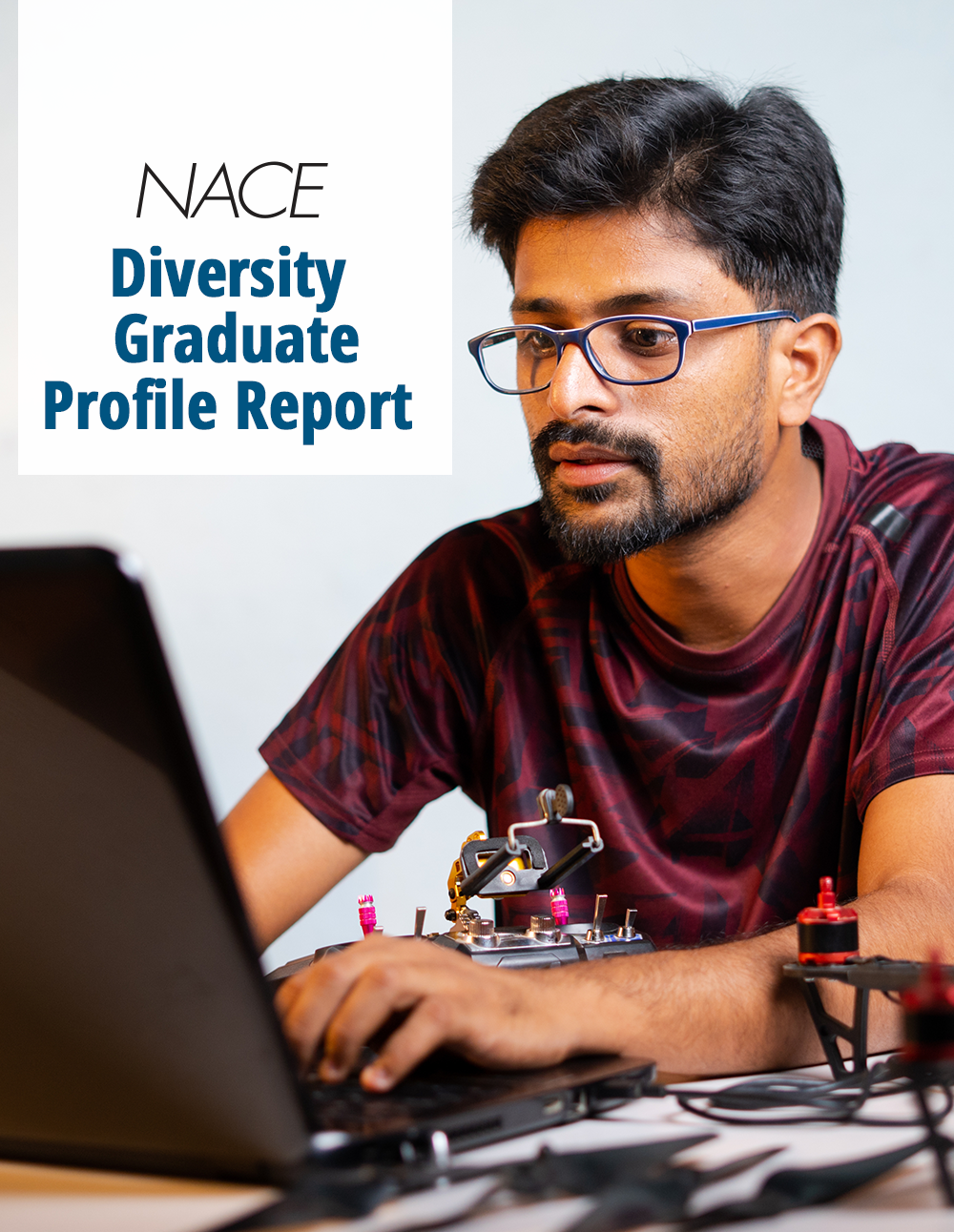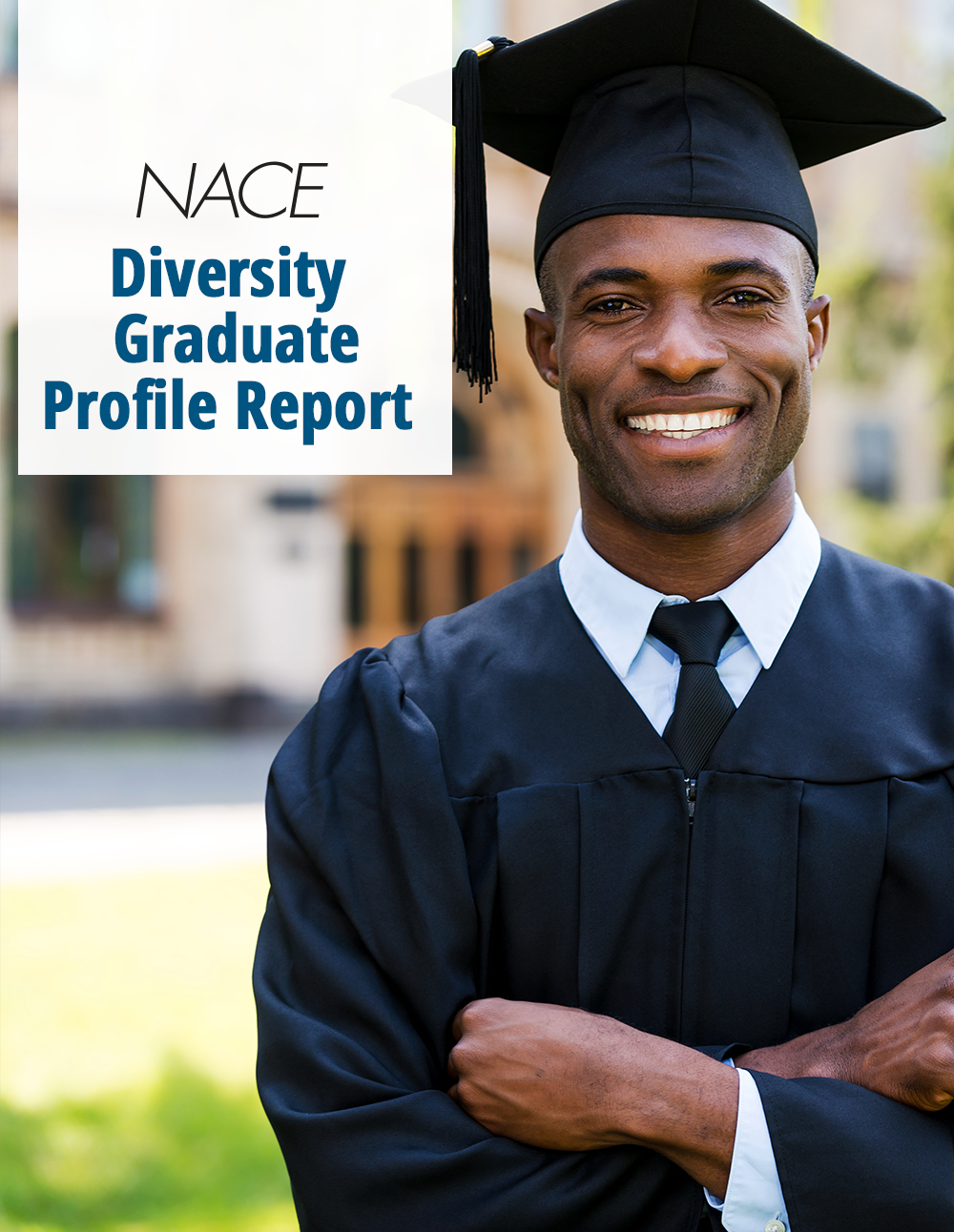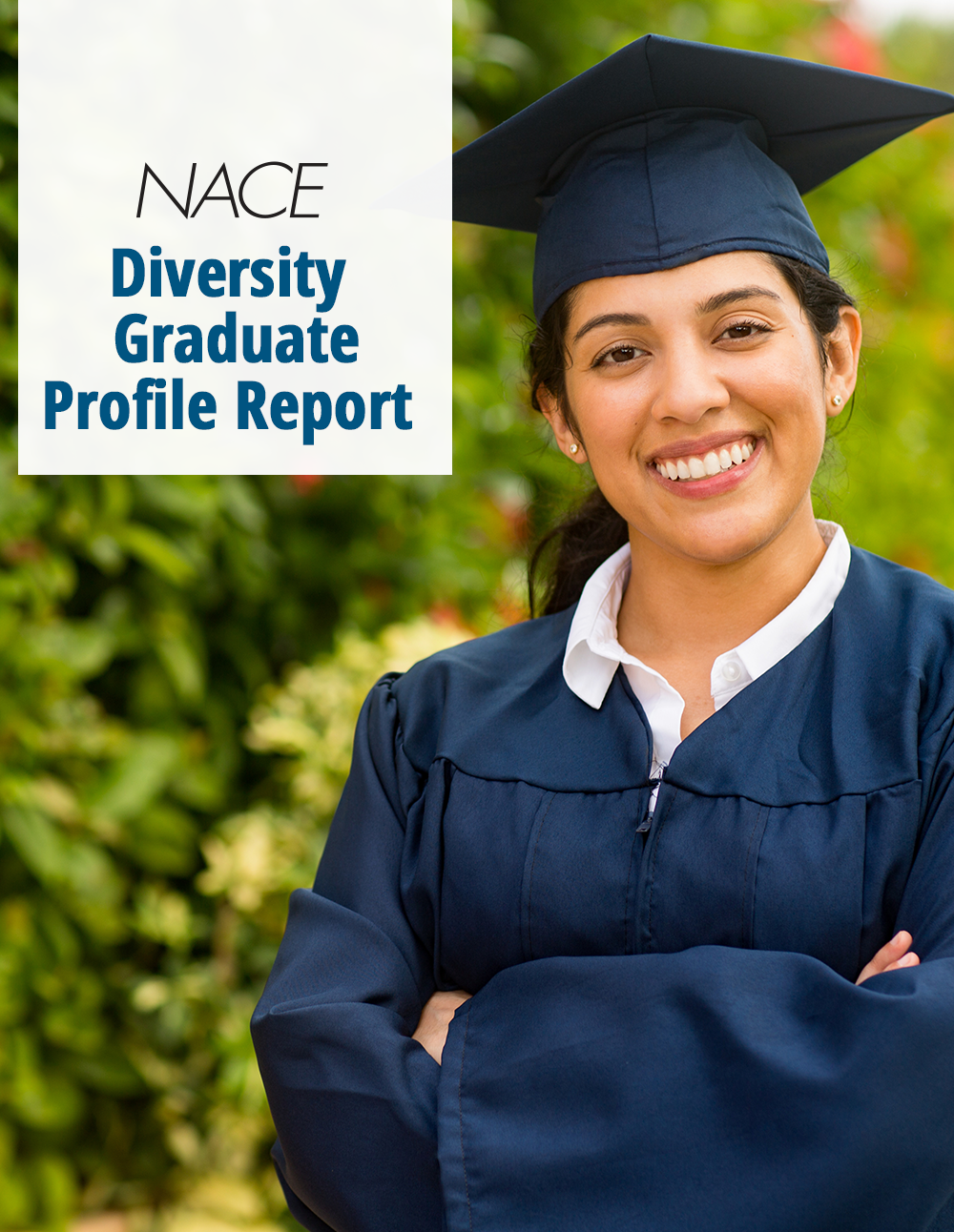There are many factors that contribute to the gender pay gap and severe consequences of long-term inequity in pay.
Part of the reason that the gender pay gap exists is because of outright discrimination in the labor market, says Dr. Mary Gatta.
“The gender pay gap can be traced back to the earliest days of pay, when there were gendered assumptions about the value of a woman's work,” explains Dr. Gatta, NACE’s director of research and public policy.
“Not only is women’s work valuable, their income matters as, often, it is essential to support families. Therefore, inequity in pay impacts others in the household.”
Dr. Gatta, who studied and reported on the gender pay gap for decades prior to joining NACE in January, says the gender pay gap is something women experience over their lifetimes.
“When the pay gap is traced over time, there's a smaller gap at the entry level,” she explains.
“However, the gap increases as women and men progress through their careers.”
NACE research matches Dr. Gatta’s findings that the gap in pay between women and men begins at the start of their career. Results from NACE’s First Destinations Survey for the Class of 2020 reveal that the salary gap between men and women begins as graduates exit college for the world of work, with women earning an average salary of $52,266 compared to an average salary of $64,022 for men.
That gap—with women earning approximately 82% of what men do—is in line with the figure the U.S. Bureau of Labor Statistics has reported as the pay difference between men and women. Consequently, NACE’s research dispels the myth that the gender pay gap results from women solely prioritizing family over career. Inequity in pay exists right at the beginning of a woman’s career.
Other factors contributing to the gender pay gap include an inequity in promotions and, more broadly, the labor market being segregated by both gender and race.
“Women tend to be segregated in lower-paying occupations than men,” Dr. Gatta says.
“For example, this is evident in the lack of women in STEM fields.”
Dr. Gatta emphasizes that inequity in pay does not just impact a woman’s most recent paycheck.
“It impacts everything else going forward,” she notes.
“When women start out unequal at the beginning, even with just general cost-of-living raises, they are always at a lower point. They are also contributing less to their retirement savings and less to Social Security, so the gender pay gap has an amplifying effect. It’s not just an income issue; it's also a retirement security issue.”
Legislation has been enacted to address pay equity. The Paycheck Fairness Act implemented and strengthened equal pay provisions of the Fair Labor Standards Act of 1938. In addition, most states have their own pay equity laws—including banning employers from asking prospective employees their salary history.
Organizations can do their part to eliminate the gender pay gap. The U.S. Department of Labor suggests taking the following actions:
- Increasing pay transparency;
- Disrupting occupational segregation;
- Eliminating discrimination;
- Increasing access to paid leave and child and elder care; and
- Adding good jobs to the labor market and hiring women for those jobs.
“More employers are conducting equity audits to ensure that workers are paid and promoted equally,” Dr. Gatta points out.
“If the audit shows that this is not happening, the organizations take steps to remedy that. Having clear, transparent pay schedules so people know their pay range is also important. Often, employees don’t know whether or not they are being paid fairly.”
Career services can also help students with support, programming, and resources about salaries and negotiations.
However, cautions Dr. Gatta, “Salary negotiation education is important, but women cannot just negotiate their way to equal pay. We need to also address the systemic nature of the pay gap by addressing discriminatory practices that perpetuate unequal pay in workplaces.”
The disparity in pay for college graduates is detailed in Gender and Pay Inequity, a free brief based on the Class of 2020 data from NACE’s First Destinations Survey for the Class of 2020.
